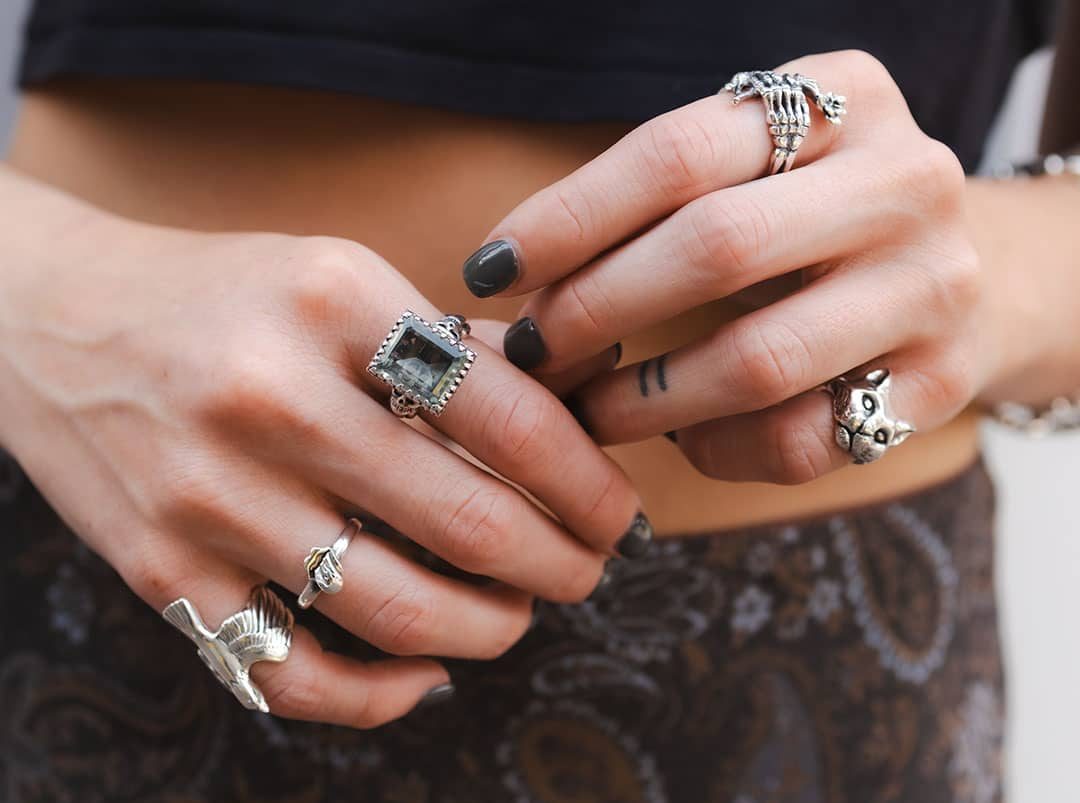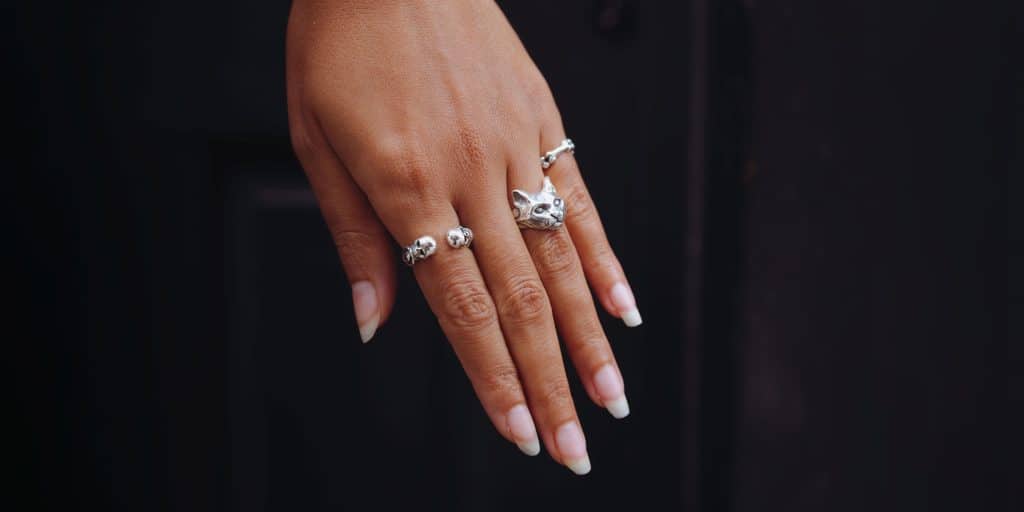Here at The Great Frog we work with a variety of stones with different qualities, meanings and prices. Deciding which stone to pick can be tough, and besides just the physical appearance of the stone, there are a few pointers that may factor into your final decision, one of them being the MOHS Hardness Scale:
MOHS
The MOHS Hardness Scale starts with talc at 1 being the softest mineral and ending with diamond at 10 being the hardest mineral. It is universally used around the world as a way of distinguishing minerals. Simply put: the higher the number, the harder the mineral. You can read up on the MOHS scale here.
To help you make up your mind, we will be doing a series of blog posts where each one focuses on a single stone and it’s qualities, with the first one out being Citrine.
Citrine in History:
The history of citrine dates back to thousands of years, according to both Roman Catholic and Latin versions of the Old Testament, citrine was referred as chrysolitus, Greek for golden stone, which was considered as one of the twelve stones studded in the breastplate of Aaron. The stone was popularly used as a decorative gem for tools and in jewellery during the Hellenistic Age (300 and 150 BC) in Greece. Citrine was a rare stone and prized high for its warm hues. In 17th century Europe, citrine was extensively used by Scottish weapon makers to adorn dagger handles. Sometimes, if large crystal were found, they were even used as handle itself. Due to the popularity of diamonds and other precious stones, this quartz was forgotten for few decades. It was the early 19th century when Citrine returned into jewellery industry with its magnificent glory. Queen Victoria’s love for coloured gems was a great reason of it popularity during the vintage era. Thanks to her fascination with gems that citrine became a traditional stone for Scottish kilt pins and shoulder brooches. Queen Victoria and Prince Albert constructed their Balmoral Castle (which still stands in Aberdeenshire, Scotland) as their new summer residence. The queen was fond of Scotland and loved to organize private parties at the Balmoral Castle. To enjoy her fondness for Scotland and gemstones, she commanded guests to wear full Highland plaid attire every time for the party. Thus, she enjoyed her love for all the colourful stones found in her kingdom. And citrine was of course one of them. Later, during Art Deco period, citrine rose to prominence. Its elaborative use in jewellery, clothing, interior designing and furnishing reached to international fame during the 20th century. Large faceted pieces highlighting the geometric crispness of the period made ways into the celebrity world. Many stars like Greta Garbo and Joan Crawford were seen wearing their own Art Deco inspired jewels.
Source: Angara.com
Colour: Orange / Yellow
Price: ££
MOH: 7.0 Mohs
Birthstone for: November
We offer Citrine in a variety of our settings such as the Small and Large Feather setting and Square Gem.







